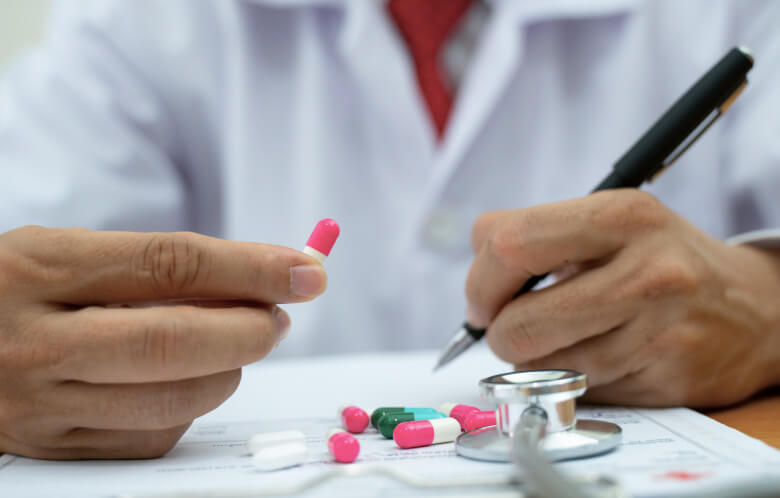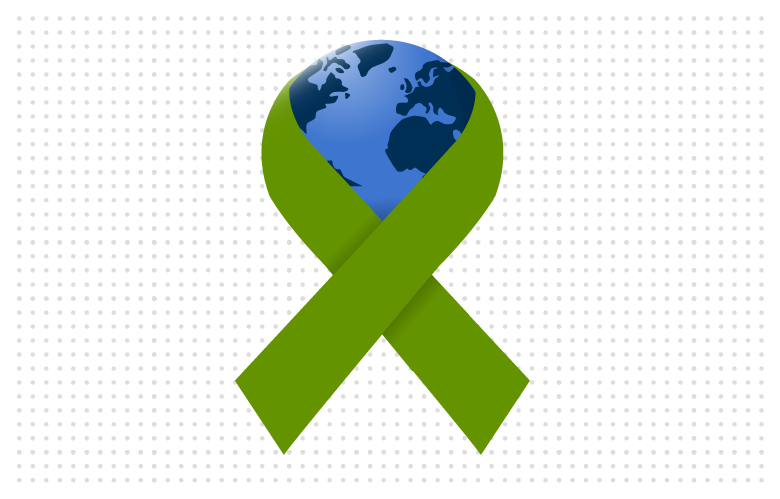Practice Point: Single-dose psilocybin 25 mg appears safe and effective for moderate to severe major depressive disorder (MDD), with results lasting at least six weeks.
EBM Pearl: Patients lost to follow-up in clinical trials are often sicker, less adherent, or both, which predisposes them to worse outcomes. Intention-to-treat (ITT) analysis is essential to moderate the impact of differential loss-to-follow up on results.
Depression can be hard to treat, and hard to watch as patients suffer. Patients are often at an all-time low, feeling unmotivated with little energy to manage day-to-day obligations. Yet, most treatments require them to take a pill every day which doesn’t make them feel any better for weeks (if it ever does) and may give them side effects that make them feel worse in the meantime. If patients are willing to try therapy, they need to jump through hoops to get an appointment and then have weekly visits to do the emotionally exhausting work that therapy often entails. You can see why a magic pill is in order.
A recent randomized trial of 104 adults with moderate-to-severe depression evaluated a single dose of psilocybin 25 mg versus niacin 100 mg, an active control that results in flushing symptoms. Each drug was administered as a one-time dose during an eight-hour “set and setting” protocol that involved guiding them through the experience and monitoring for side effects. Patients were evaluated using the 60-point MADRS questionnaire administered by a blinded outcome assessor.
The results of this study were impressive, showing an improvement of 19.1 vs. 6.8 points at six weeks in the psilocybin group compared to the niacin group. Significant improvements were seen in the psilocybin group at as early as two days, with sustained depressive symptom response (at least a 50 percent reduction in the MADRS score) at each visit for up to six weeks in 41.7% vs. 11.4% (p = 0.002, NNT 4). There were no severe adverse effects related to treatment in either group, but more minor ones (headache, nausea) in the psilocybin group.
This study is important for several reasons:
First, previous trials of psilocybin have been criticized for a functional unblinding due to lack of side effects with an inactive or only mildly active placebo. This suggests that the magnitude of effect seen with psilocybin in these trials could have been exaggerated. In this trial, however, the use of niacin as an active control allowed for better blinding of the intervention. The differential loss to follow up, 21 percent in the niacin group compared to only two percent in the psilocybin group, could suggest that patients might have known the difference to some extent. It could also mean, however, that the psilocybin worked better, and more patients in the niacin group were still too depressed to come back for follow-up.
Second, the fact that the improvements persisted at six weeks in this study is very promising, as previous studies mostly evaluated much shorter-term outcomes.
As an aside, from time to time we talk about how per-protocol (PP) analyses tend to overestimate the magnitude of effect compared to intention-to-treat (ITT) analyses in superiority trials. This phenomenon is demonstrated in this trial, with a higher magnitude of effect seen in the PP analysis compared to the ITT, in the setting of a higher dropout rate in the control group. In addition, sustained remission rates were not significantly improved in the ITT analysis, but the differences were significant with PP. Patients drop out for a variety of reasons, but are often sicker or less adherent, both of which we know to be associated with worse outcomes in general. So, if you compare a group where people with worse outcomes were removed to one where they are included (as is done with PP), the treatment effect may appear better than it truly is.
While psilocybin is not a magic pill, and it involves some effort on the patient’s part to show up to the day-long therapy session, the magnitude of benefit compared to other available treatments for major depressive disorder and the relative lack of adverse effects suggests that this treatment might be about ready for prime time.
For more information, see the topic Depression Alternative Treatments in DynaMed.
Reference: JAMA. 2023 Sep 5;330(9):843-853



